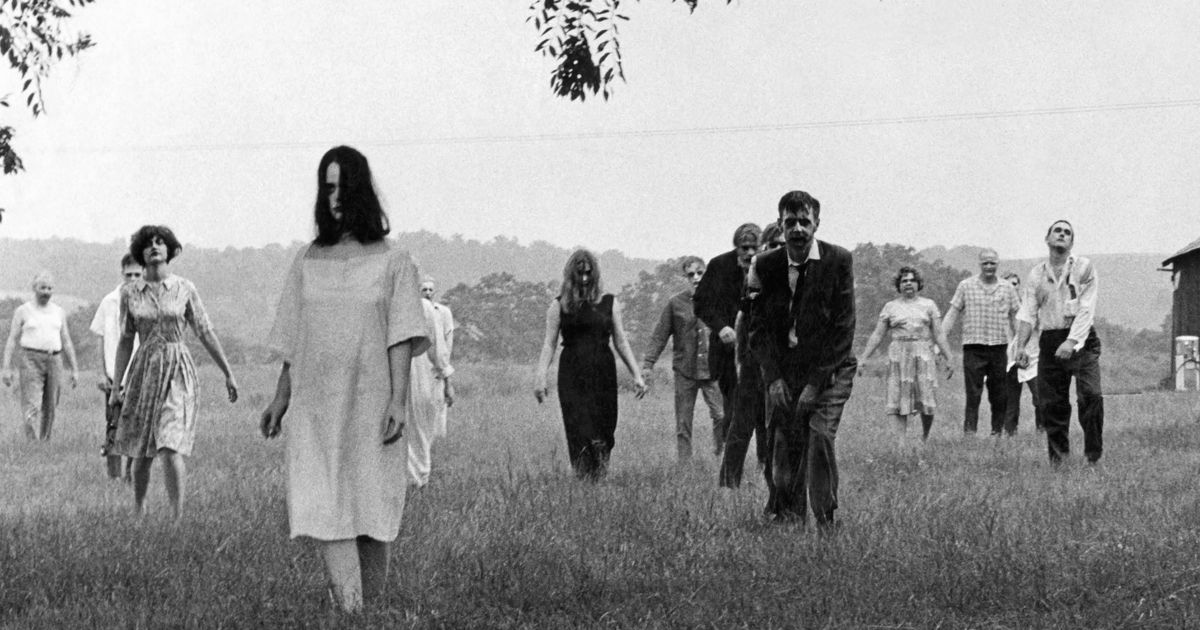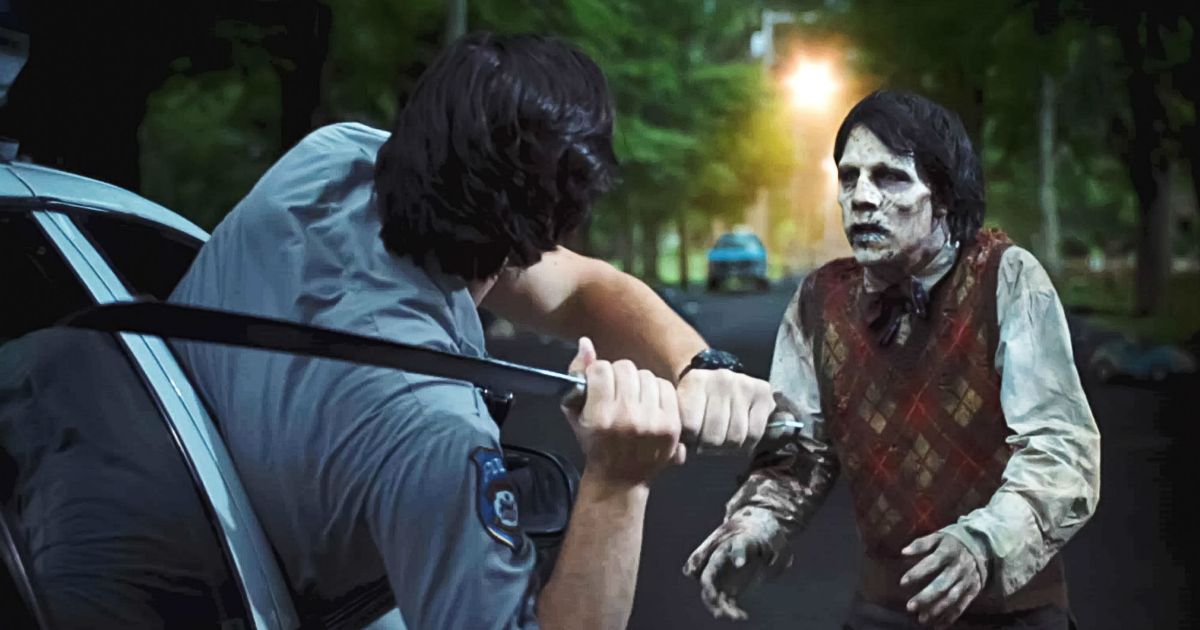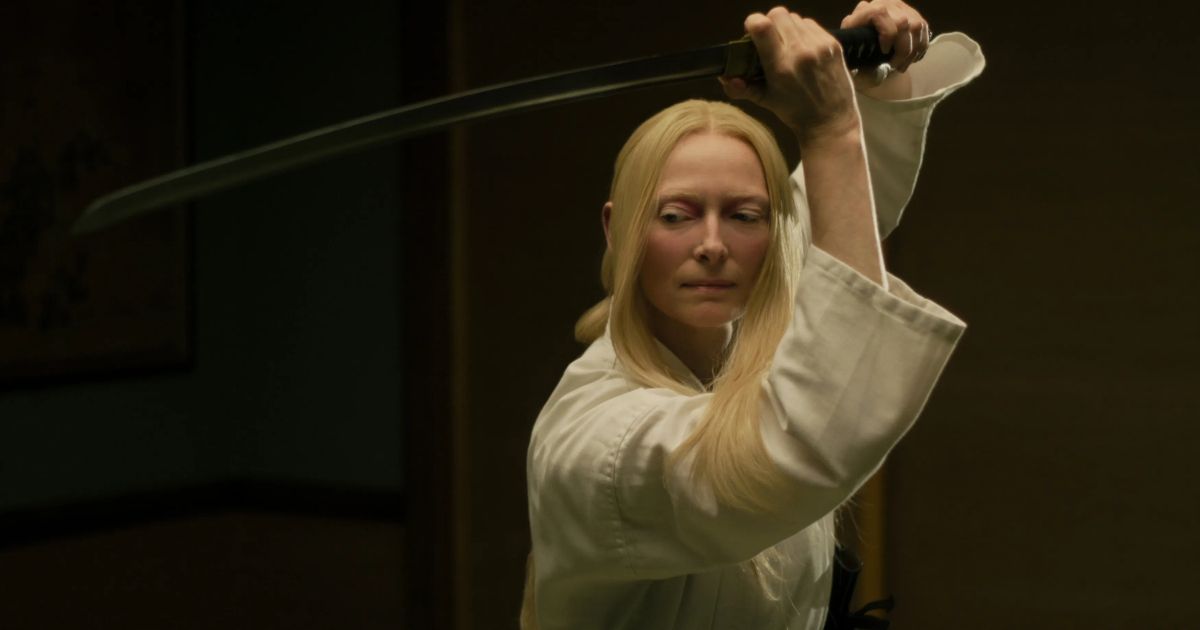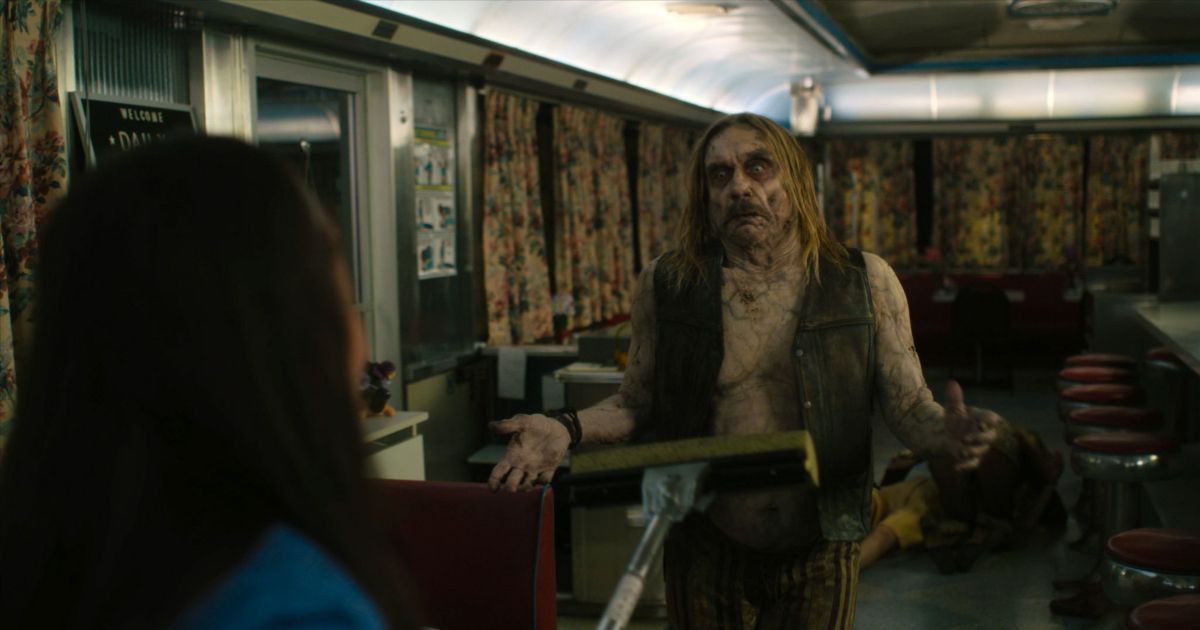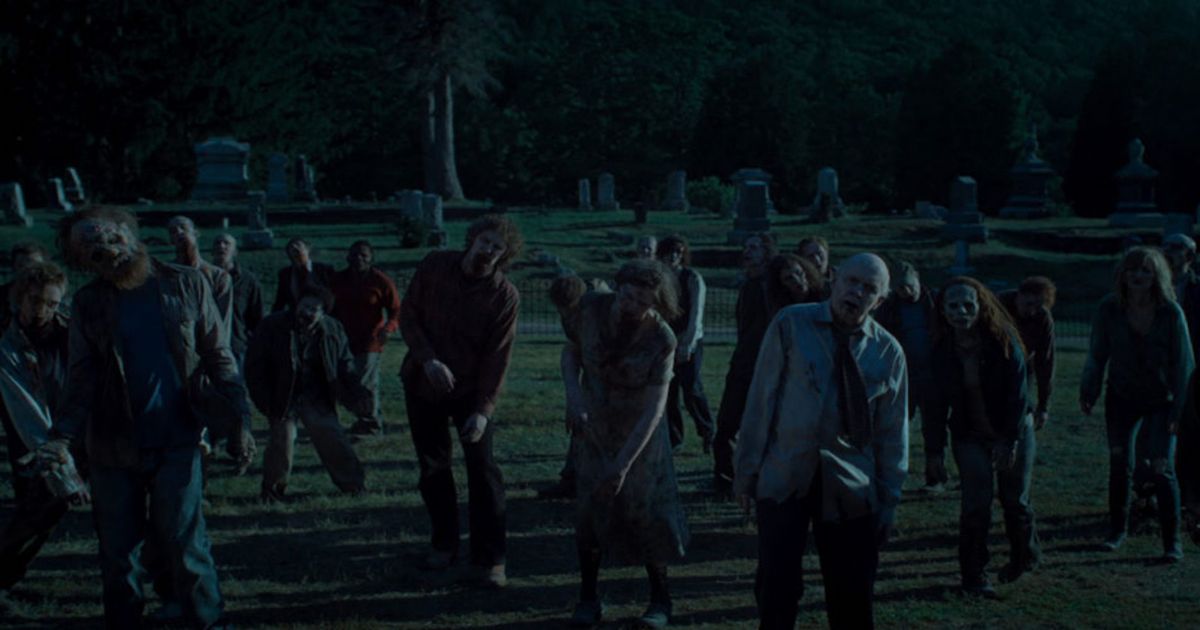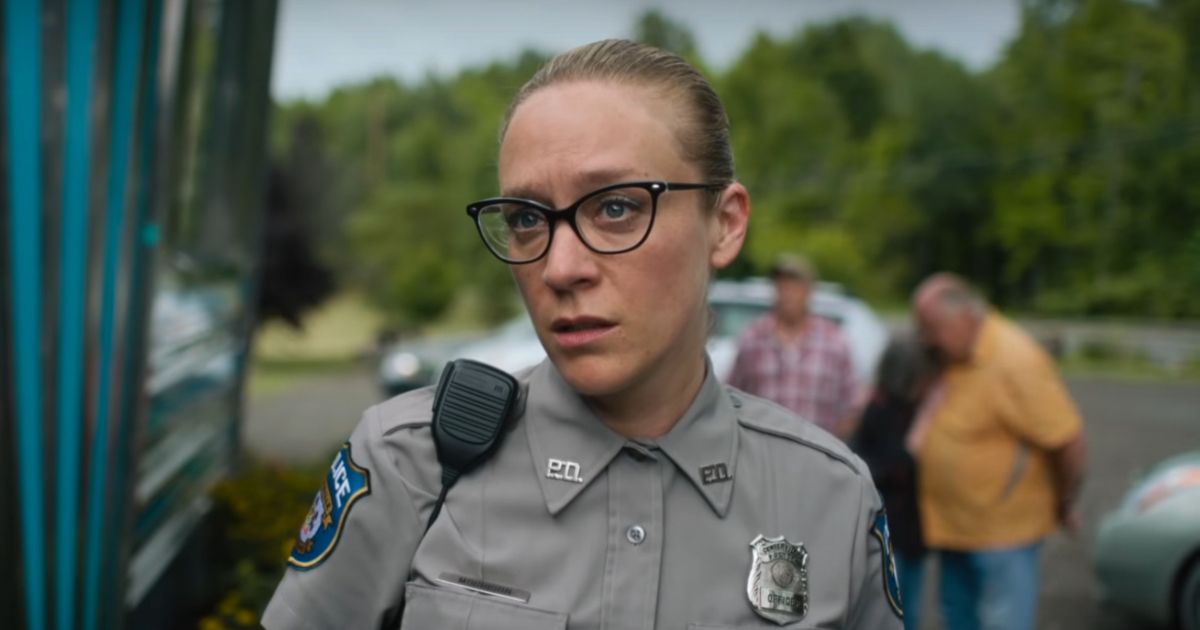Jim Jarmusch has spent the past four decades crafting a body of work like no other in film history. His iconic style influenced countless waves of independent cinema in the United States and is today an authority on film and popular culture. His last released work, The Dead Don’t Die is a dark comedy horror film that cleverly incorporates numerous references and parodies. Released in 2019, the movie pays homage to classic horror films, particularly George A. Romero’s Night of the Living Dead.
The film follows the inhabitants of a small town who face the absurd, as zombies inexplicably appear. This phenomenon causes three police officers (Bill Murray, Adam Driver, and Chloë Sevigny) must band together with a mysterious mortician (Tilda Swinton) to face the menace.
The Dead Don’t Die is as unhurried and minimalist as the rest of his filmography despite having one of the largest casts he’s ever had. Here, his deadpan humor somehow works with his approach to genre and works even better with Jarmusch’s use of intertextuality throughout the film. A closer look at some key moments in The Dead Don’t Die reveal a number of references to classic horror, pop culture, the cast’s other performances, and Jarmusch’s filmography.
George A. Romero’s Influence
The film draws heavily from the influential work of George A. Romero, particularly his groundbreaking zombie film Night of the Living Dead. Jarmusch pays tribute to Romero’s legacy by adopting similar themes and visual esthetics. The slow-moving zombies, the small-town setting, and the social commentary on consumerism and societal decay are all reminiscent of Romero’s classic film. By building upon this foundation, Jarmusch creates a bridge between the past and the present, infusing his own unique style into the genre.
In addition to the overall mood of the film taking a lot of cues from Romero’s classic, it references the film through concrete and self-aware elements. The characters played by Selena Gomez, Austin Butler, and Luka Sabbat are on a road trip and find themselves in the midst of the zombie apocalypse in Centerville. The car they are in is the same that appears in Night of the Living Dead, it is even called “Romero-esque.”
An Homage to Classic Horror
The film is a gauntlet of references to classic horror films, showcasing his deep knowledge and appreciation for the genre. For example, the iconic poster of Wes Craven’s A Nightmare on Elm Street can be spotted in a scene, serving as an homage to the horror masterpiece. Additionally, the character portrayed by Tilda Swinton bears a striking resemblance to the Bride of Frankenstein, paying tribute to James Whale’s 1935 film. Other clear references in the film are a scene resembling Hitchcock’s Psycho and a character wearing a Nosferatu t-shirt.
Metacommentary on Mainstream Franchises Through Their Actors
Just like Romero, Jarmusch utilizes the figure of the zombie as a metaphor for the human condition in the capitalist society. The characters in the film who are not zombies find themselves within another metaphor within a metaphor. This most notable comment on the mainstream film industry is made through an ingenious pun that involves references to Driver’s and Swinton’s characters in the Star Wars and MCU franchises, respectively.
Similar to Driver’s turn as Kylo Ren, his role as Officer Ronnie Peterson finds him to be highly competent in battle, and as it happens, he also owns a Star Destroyer. Sure, in The Dead Don’t Die Driver does not have it in a real size, as it is just a keychain. Swinton’s eccentric mortician even makes a pun about the pun itself by commenting on Star Wars as “wonderful fiction.” Her character, who is just like The Ancient One in Dr. Strange, is influenced by mysticism and has otherworldly knowledge.
Pop Culture References
Jarmusch is such an experienced filmmaker, but he is an even more experienced artist and person who has been effortlessly cool every single day of his life. His deep knowledge of music and pop culture finds in this film a perfect vehicle for their display. One notable example is the use of Sturgill Simpson’s song, also titled The Dead Don’t Die, which serves as the film’s theme, and highlights Jarmusch’s inclination for integrating music into storytelling.
Similar to the parodies with Driver and Swinton, Jarmusch’s recurring collaborator, Wu-Tang Clan’s RZA, plays a pun on himself playing a WU-PS delivery truck driver. The director not only plays with references to his closest collaborators but to him and his work as well. Centerville, the film’s setting is reminiscent of Jarmusch’s interest in small towns which are at the core of his films Mystery Train and Broken Flowers. In 2013’s Only Lovers Left Alive, Tom Hiddleston and Tilda Swinton play a vampire couple who refer to humans as zombies, and in The Dead Don’t Die zombies are a metaphor for humans.
The film goes beyond being a mere homage and adds a layer of self-awareness through its meta-commentary on the zombie genre. The characters in the film are conscious of the tropes and rules surrounding zombies, making frequent references to other zombie movies and breaking the fourth wall. Right from the start, one of them begins lamenting things will go awfully, even though there are no zombies to be seen yet or anything that would make them think they are about to appear.
This self-reflexive approach allows Jarmusch to satirize the genre’s conventions while celebrating its enduring popularity. Such meta-commentary enhances the film’s humor and offers a fresh take on the zombie narrative.
Zombies as a Parody of Life Itself
Even though it is quite clearly a comedy, The Dead Don’t Die serves as a platform for Jarmusch to convey his concerns about pressing environmental and social issues through his unique brand of humor. The film subtly criticizes consumerism, mindless consumption, and humanity’s disregard for the environment. The zombies embody the consequences of an imbalanced and unsustainable world, reflecting the impact of human action. By intertwining these themes within the narrative, Jarmusch invites viewers to reflect on their own behaviors and their consequences.

